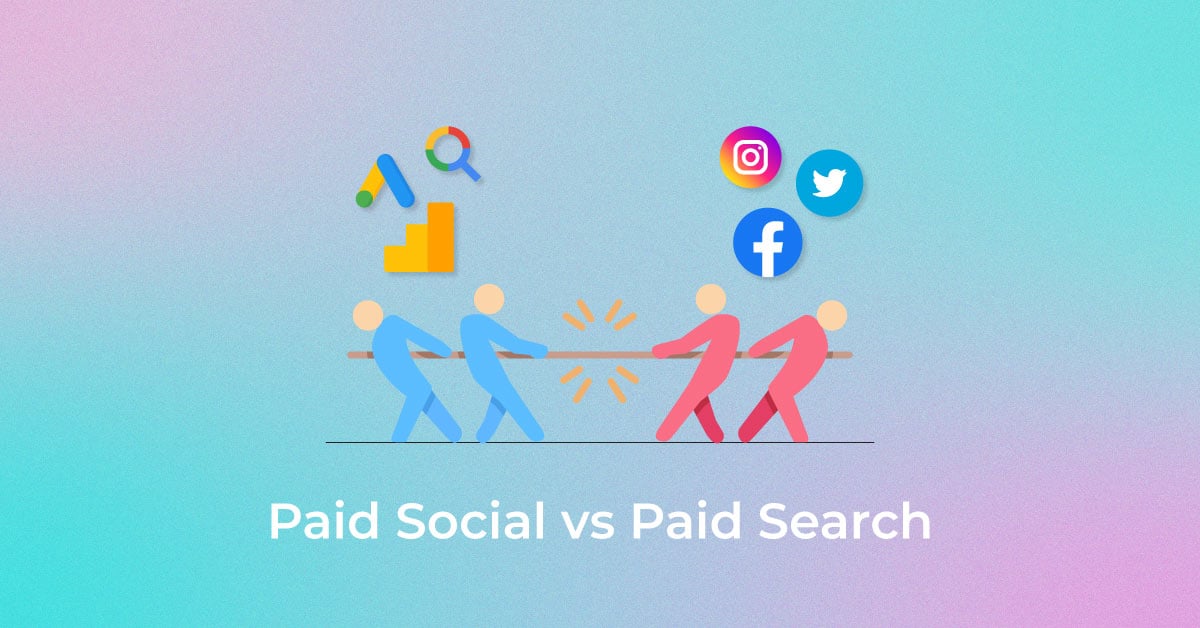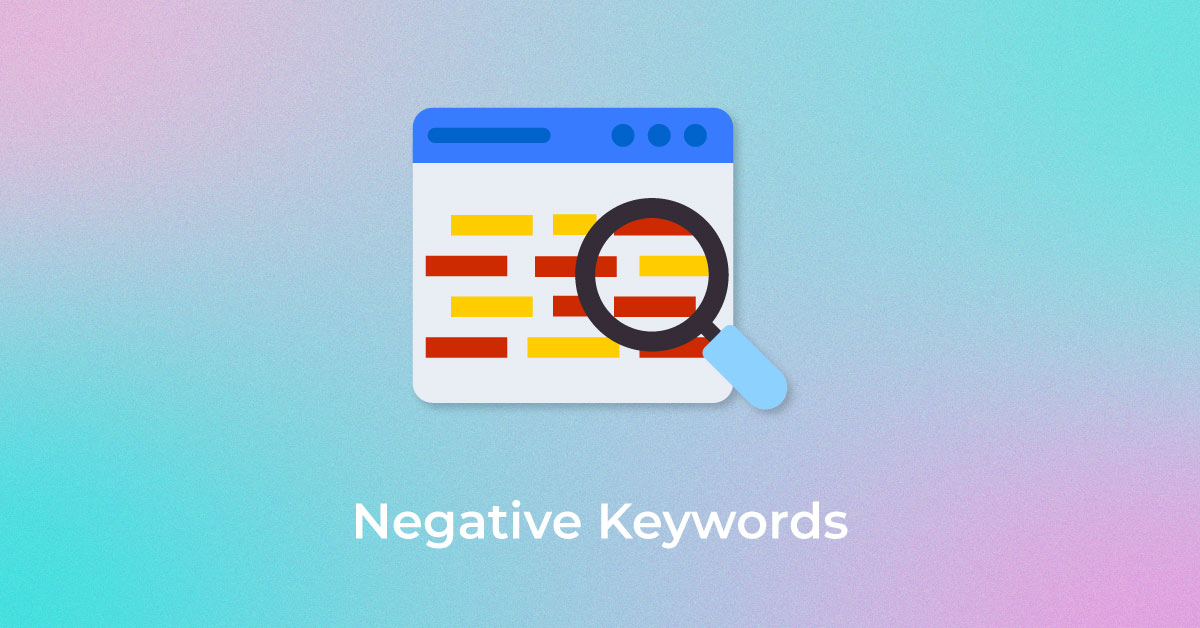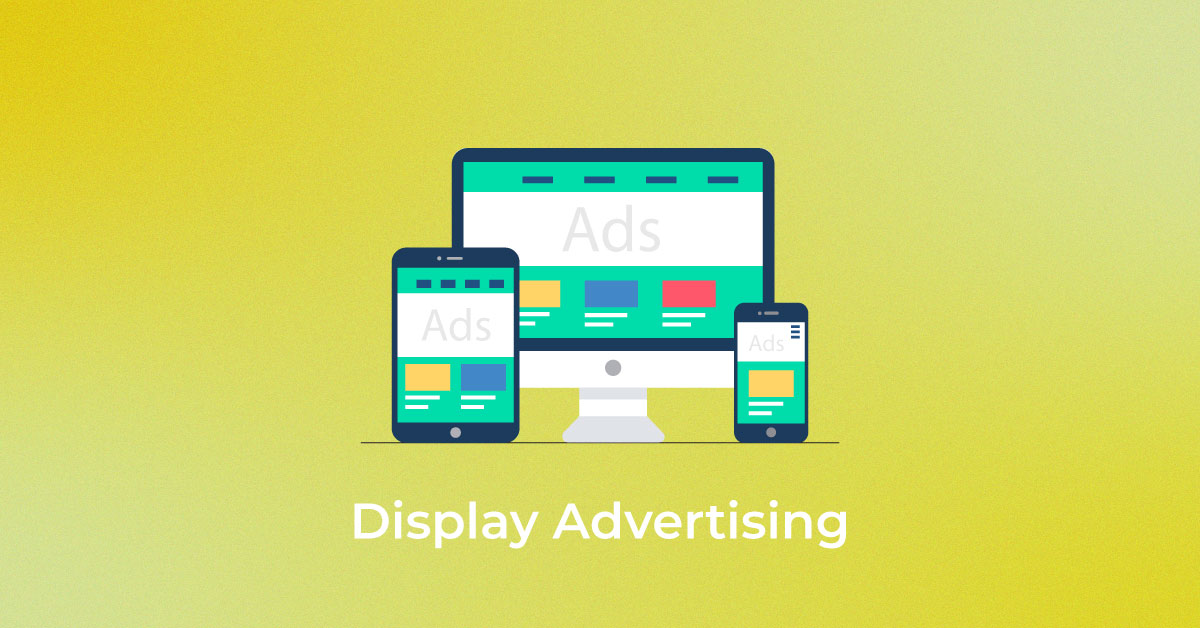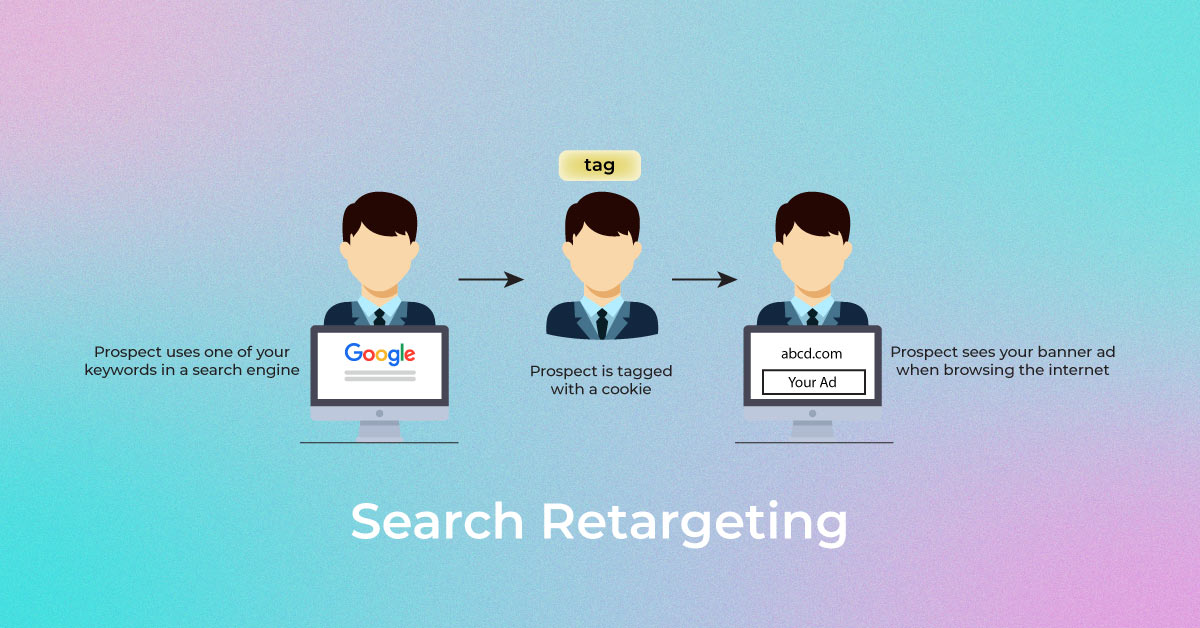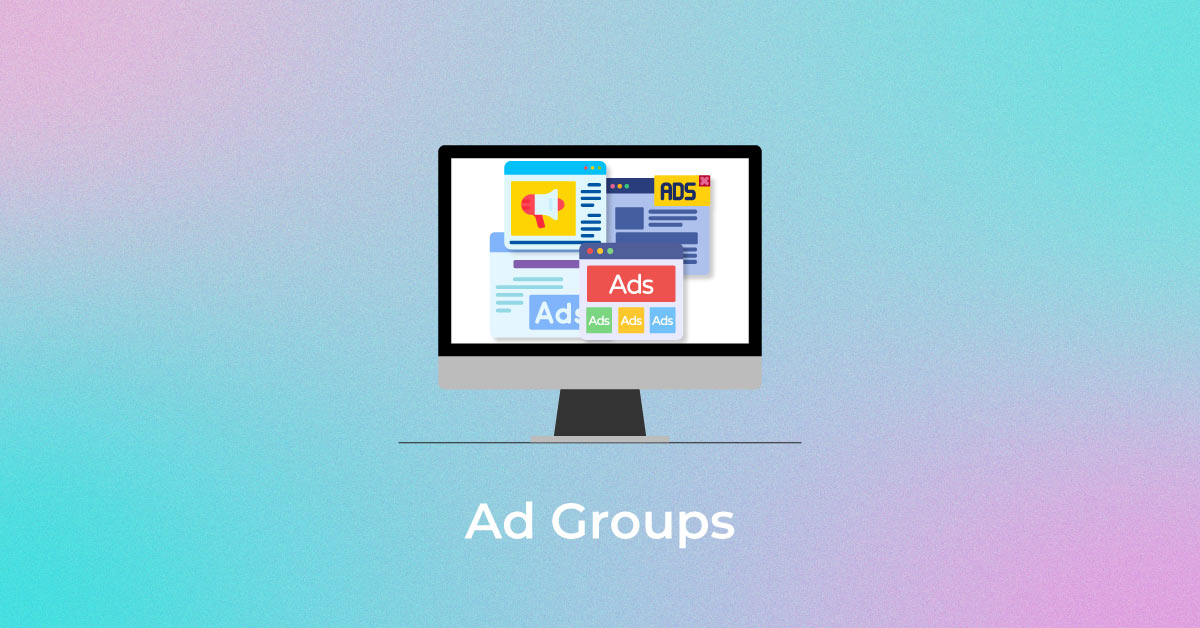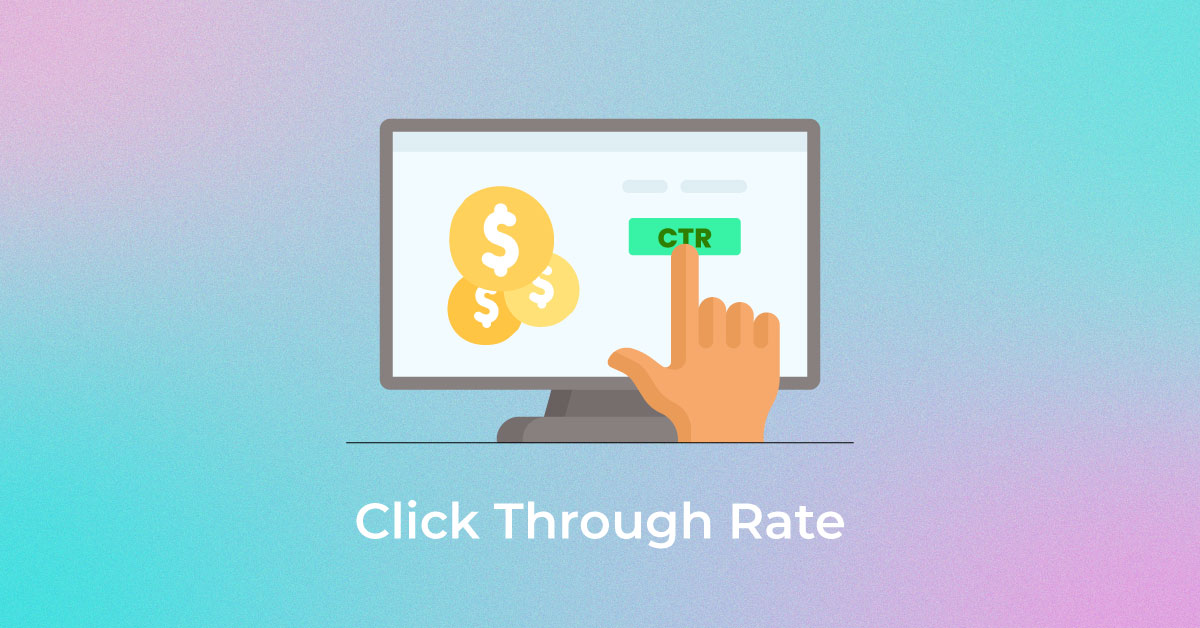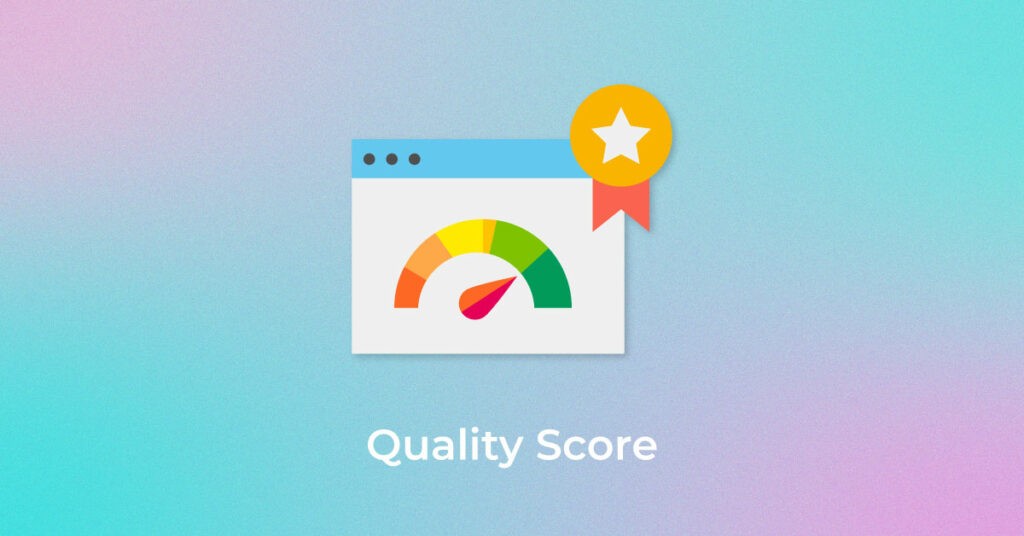New to PPC marketing? You must be hearing tons of words being tossed around like CPC, Ad Rank, Quality Score, etc. No need to stress out. You will master all of it in due time with the right resources. In this article, we’ll be giving you a detailed walkthrough of Quality Score in PPC Marketing. By the end of it, you will have a thorough understanding of ‘What is Quality Score?’, how it is calculated, the various types of quality score, the benefits of enhancing your quality score, and even some tips and tricks on how to improve quality score.
For any individual trying to make the most of Google ads, gaining a good knowledge of Quality Score is a must. Why? Because Quality Score affects PPC ads the same way as having a clean police record affects a visa application. Just like having a clean criminal track increases your chances of obtaining a visa for international travel, the better your Quality Score, the more you can expect your PPC ads to perform and the lesser you pay per click.
What Is Quality Score?
Quality Score is a score that Google calculates and awards marketers running PPC ads. It is calculated based on the keywords used and the quality/relevance of the PPC ads being run. Quality Score determines your CPC i.e. Cost Per Click for Google Ads. The Quality Score formula also directly decides your Google Ads rank. Several factors are considered when calculating a PPC ad’s Quality Score. We will learn about these factors in detail below.
Basically, Google uses Quality Score to make its advertising more value-driven for its audience. The search engine earns a significant revenue share from running PPC ads, so it only makes sense for them to take all possible measures to weed out uninteresting ads for its users. While low-quality ads might make money for them in the short term, Google wants to play the long game and work to retain its loyal user base.
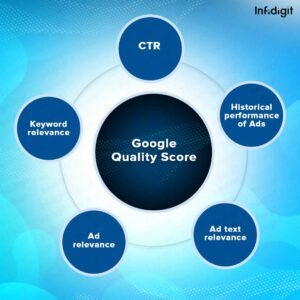
How Quality Score Is Calculated?
Google carefully considers several factors when deciding a PPC ad’s Quality Score. What are these factors? Let’s find out below:
- CTR i.e. Click Through Rate or the number of clicks received on your paid ad
- How relevant the keywords you’ve used are to the ad group
- The quality of the landing page your PPC ad is redirecting to
- The overall relevance of your ad text
- The historical performance of your Google Ads account
While we do not know exactly how these factors interact for the algorithm to determine your Quality Score, it is common knowledge that your CTR plays the most important role. The more people click on your ad, the more it convinces Google that your ad is relevant. Consequently, Google rewards you with a lower cost for running your paid ad and higher ad rankings.
Why Quality Score is Important
Quality Score is an essential metric for any paid ad or performance marketer. Besides informing them of the relevance of the keywords they pick and feedback on the value behind their PPC ads and landing pages, a good Quality Score also helps them budget better. The higher the Quality Score awarded to them by Google, the lesser they have to pay for running their PPC ad. Performance marketers are always on the lookout for making the most of their marketing budget, and keeping a high Quality Score helps them essentially keep their advertising expenses under control.
How to Improve Your Quality Score
Now that you know how attaining a good Quality Score helps with your PPC marketing efforts, let’s find out all the techniques you can use to improve your Quality Score. All you need to do is tweak and optimize the core components of Google Quality Score. You cannot, of course, do much to alter the historical performance of your Google Ads account. However, you can make alterations to the rest.
Find ways to enhance your PPC ad’s CTR
You can improve your PPC ad’s CTR by implementing a few quick hacks. First and foremost, you can use the full range of ad extensions available to you. Sitelink ad extensions, call extensions, promotion extensions, and price extensions are some of the different kinds of ad extensions available. While it won’t be possible for you to use every kind for every campaign, you can choose which ones are relevant and add these to enhance the clicks you receive on your ads. Next, you can avail smart bidding strategies. When you enter more targeted auctions, you automatically improve your CTR. Experiment with responsive text ads as Google tends to reward them more in comparison to other ad types. A/B test your ads and identify the ads that have been registering increased CTR, then use this information to craft similar ads.
Assess your ad relevance
Ad relevance is a measure of the relevance of your ad to the keywords you use for them. You can get a low ad relevance sometimes when using broad ad groups which encompass a range of themes. If you find that this is true, split the ad group into smaller narrowly themed ad groups. When using related keywords, spend time creating separate ad groups for optimal keyword structuring. You will be able to increase your ad relevance in this manner, which will improve your ad’s CTR in response.
Improve your Landing Page experience
Marketing best practices state that your landing page needs to be closely related to the promise you are making via your paid ad. If there is a disjuncture here, the user who clicked on your ad will not convert. In fact, they will drop off in minutes. Ideally, you can always work around this by using deeplinks in your ad instead of redirecting to the landing page. However, many marketers prefer to redirect their audience to landing pages from their ads. If this is you, pay attention to the loading speed of your landing page, the mobile experience it provides, the content you put on it, and the security settings you offer. All of these directly impact the overall landing page experience you provide your users with.
Write compelling and data-driven ad copy
Google rewards innovation. If your ad copy replicates other ad copy or adopts a style too similar to what your competitors are using, the search engine is likely to mark it as uninteresting and give your ad a poor Quality Score. When writing ad copies, ensure that you are highlighting your USPs well. What does your product/service offer that your competitor’s does not? Use action words as much as possible as they easily evoke emotion in the audience. In order to write compelling ad copy, you need to be aware of user intent and understand your ad target groups well. Take the time to do this research before you get to writing copy for your paid ads. Additionally, as a rule of thumb, always test your ad copy and CTAs. It will help you write more targeted conversion-friendly paid ads.
Benefits of Improving Quality Score
The Quality Score your PPC ads are awarded directly correlates to your success in Google or Microsoft Ads. When you optimize your PPC ads to aim for a high Quality Score, you stand to gain a higher return on investment (ROI). The higher the Quality Score you are given, the lower your Cost Per Conversion (CPC). Note that Cost Per Conversion is not the same as Cost Per Click. While Cost Per Click refers to the amount you pay for an ad hosting with every click received on your ad, Cost Per Conversion refers to the expenses you incur as a marketer to get your audience to take your desired action. For eg: Your conversion metrics could vary from having your audience sign up for your company newsletter or them making a purchase from your website. The Cost Per Conversion, then, is the amount you pay overall throughout the user journey from engagement to conversion. The good news for you is, the higher your Quality Score, the lesser your Cost Per Click and your Cost Per Conversion!
As already discussed, your Quality Score is basically a measure of how well Google thinks your PPC ad meets its user’s needs. The better you show Google that you are able to meet your potential customer’s needs, the less Google charges you for the clicks you receive on your PPC ad. Google also rewards you with a higher ad ranking when it gives you a high Quality Score. How does getting a higher ad rank help, you ask? Well, it ensures that you receive a higher amount in return with your paid ad campaign. A high Google ad rank helps in various ways. It could result in your page being listed on the top of search pages for maximum visibility. If your page is already on top, it could mean lesser click prices.
Conversely, let’s talk about the disadvantages of a poor Quality Score. Receiving a low Quality Score for your PPC ad can be very expensive for you as a marketer. Google’s Quality Score benchmark is 5/10; if your Quality Score is 1/10, you will have to pay about 400% more than the standard rate for hosting a PPC ad on the search engine.
Additionally, examining the Quality Score you get as a marketer is beneficial as it helps you grow as a search marketing professional. With Google’s assessment of your PPC ad campaign, you can gauge whether you are using the right keywords for targeting, whether your ad concept and copy are working, whether your landing page is meeting your user’s expectations, and so on. Experimentation and testing is part and parcel of any marketer’s job role and responsibility, and there is no better standard to examine your search marketing efforts against than Google’s Quality Score. If your PPC ads receive a poor Quality Score the first time you try it, you can always assess where you could have done better and attempt your next PPC ad campaign informed with these insights.
Types of Quality Score
When it comes to Quality Score, most people only tend to be aware of the keyword-level Quality Score. If your Google Ads Quality Score is failing, you can’t simply fix your keywords to improve it. You need to go deeper and investigate what is impacting your Quality Score. After all, the Quality Score that Google awards you is made up of varied factors, and there are more than one kind of Quality Score. Here, we discuss all the different kinds of Quality Scores that Google makes available.
Account Level Quality Score
Account Level Quality Score is the combined SEO quality score Google gives a marketer based on the performance of all keywords used and campaigns run using their Google Ads account. While Google doesn’t confirm the existence of this type of Quality Score, its existence is not debated. The only way to gain a high Account Level Quality Score is to have used high quality-score keywords and high click-through-rate ads with a generally good performance record of ad campaigns. You will be allowed to easily introduce additional keywords for your PPC campaigns this way when you start at a high Account Level Quality Score.
Additionally, it has been noticed that Google tends to reward old accounts with the positive historical performance of PPC ad campaigns rather than new accounts just starting out when it comes to Quality Score. While it is true that it can take months to improve a low Quality Score, don’t try to start afresh with a new account. Google’s policy does not permit this. Instead, try to tweak your landing page, ad positioning and copy, keywords used, and so on.
Keyword Level Quality Score
Keyword Level Quality Score is fairly straightforward to understand. It is the Quality Score that Google merits your keywords and is up for display in the Google Ads interface. Rated on a 1-10 scale, a Quality Score of 1 is the poorest, while 10 is considered ideal. Keyword Level Quality Score is calculated based on the number of times search queries on Google are an exact match for the keywords you use. Any keyword’s Quality Score is the same, based on its performance on Google.com over the years, unless it has achieved a significant amount of impressions on your account; in other words, until the keywords you use have reached the ‘keyword threshold’. Once this is complete, the Quality Score awarded to your keywords is based solely on their performance via your account and their historical performance no longer holds any value. Reaching the keyword threshold becomes even more important for your keywords if you have been using multiple keywords at the same time on your account.
Ad-Level Quality Score
Besides your Account Level and Keyword Level Quality Score, the ads that you have running in different groups via your Google Ads account also determines your Google Ads Quality Score. All of these ad groups will have a different CTR. In case you have ads running with low CTR, your overall Quality Score will get dragged down as Google calculates the CTR of all your ads individually when attributing you with a Quality Score. Using Dynamic Keyword Insertion is a great way to improve your Ad-Level Quality Score. With Dynamic Keyword Insertion, you get to view a user’s exact search query within your paid ad. DKI ads perform much better with respect to CTR than non-DKI ads. However, keep a close watch over conversions as high CTRs may not always help with conversion, as is common knowledge. Pause your poorly performing PPC ads instead of editing them, as doing so would delete the ad’s history. Your Quality Score also determines whether your ad is eligible for extensions. While extensions can help your ad appear topmost on listings, don’t make this your goal. Contrary to popular belief, the top listing doesn’t always perform profitably.
Landing Page Quality Score
What counts as a good landing page as per Google? Let’s find out. Google rewards landing pages that contain original and valuable content, are transparent, and offer easy navigation. Google’s objective is to pressure marketers into creating landing pages that will eventually provide value for Google users. Google looks out for its users and this is exactly why it is in the position it is today on the World Wide Web. However, marketers should aim to optimize their landing pages on their own. By following Google’s landing page guidelines, marketers benefit themselves by positioning themselves such that even stray visitors convert into customers and bring in revenue. While Google doesn’t recognize a Landing Page Quality Score, it definitely takes your landing page experience into account when determining your Quality Score. When building a landing page for your business, don’t simply adhere to landing page creation guidelines and best practices. Remember, a real person will be on the other side, browsing the landing page. Ask yourself how you can make it better. A fast load time and easy usability are factors that have been widely acknowledged to provide a satisfying landing page experience.
Display Network Quality Score
The factors that influence your Quality Score on Google Display Network is a little bit different than how Quality Score is measured on the Search Network. While, of course, the historical performance of your Google Ads account, your landing page quality, the campaigns you have run, your ad relevancy etc., are all going to be useful, certain other factors also come into play. The Display Network makes different bidding options and the factors which finally end up contributing to your Display Network Quality Score depend on which you choose. For eg: In the CPM model, your Quality Score is calculated based on your landing page quality. In CPC, the historical CTR of the ad is given higher preference. In order to improve your Quality Score on GDN, try to separate your Google Search Ad campaigns from your Google Display Network campaigns, as each demands the consideration of unique factors.
Mobile Quality Score
Google uses the same metrics to award Mobile Quality Score as it does for overall Quality Score. The only other metrics that it considers are business location and distance between users, when available. It does this by tapping into device location and locations extension data.
Time to Grow Your Quality Score
Quality Score is not a metric you will want to ignore when you begin your PPC marketing endeavors. Besides holding the ability to minimize your ad hosting cost and helping you make the most of your advertising budget by helping you with a high ROI, Quality Score also lets you assess your paid ad campaign efforts. Are you using the right keywords for positioning? Could you have written better ad copies for your ads? Google itself provides you with all these answers, and who better to get your Search Marketing efforts evaluated from than the search engine you are running your ads on!
It is always a good idea to have SEO professionals take care of intrinsic tasks like growing your Quality Score. Infidigit is an SEO company that provides a plethora of SEO services including pay-per-click services that can help you in improving your brand’s quality score across the board. Contact us today to learn more.
Popular Searches
How useful was this post?
0 / 5. 0










